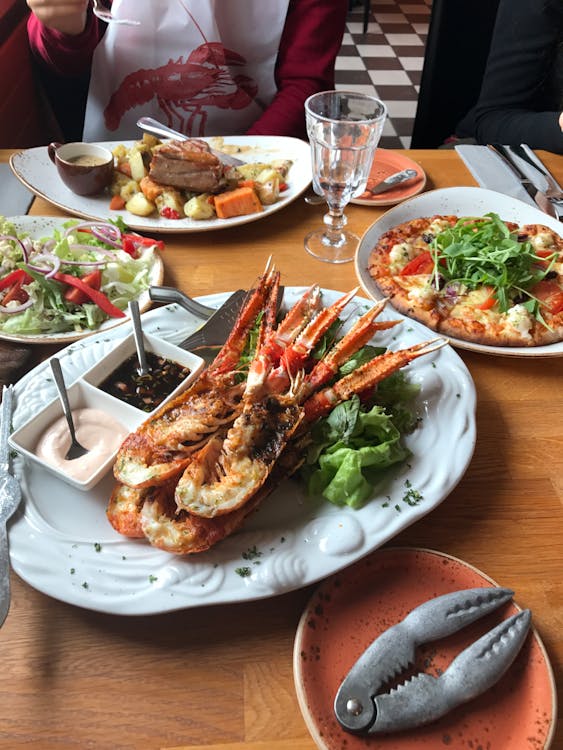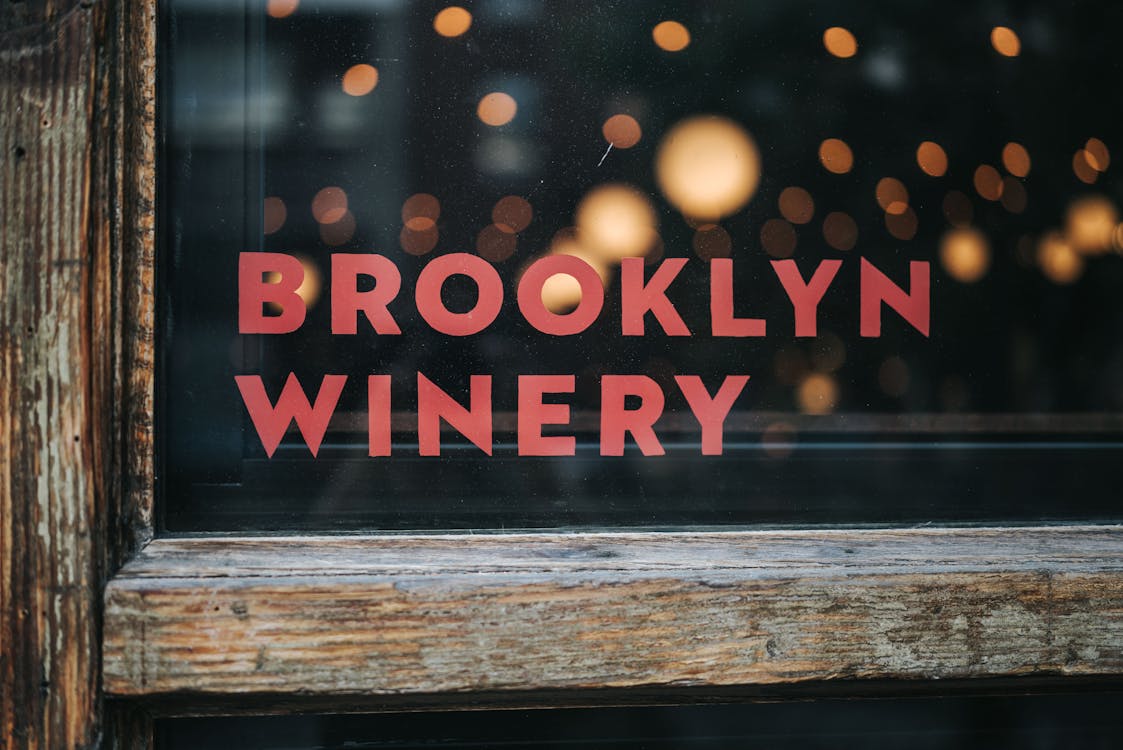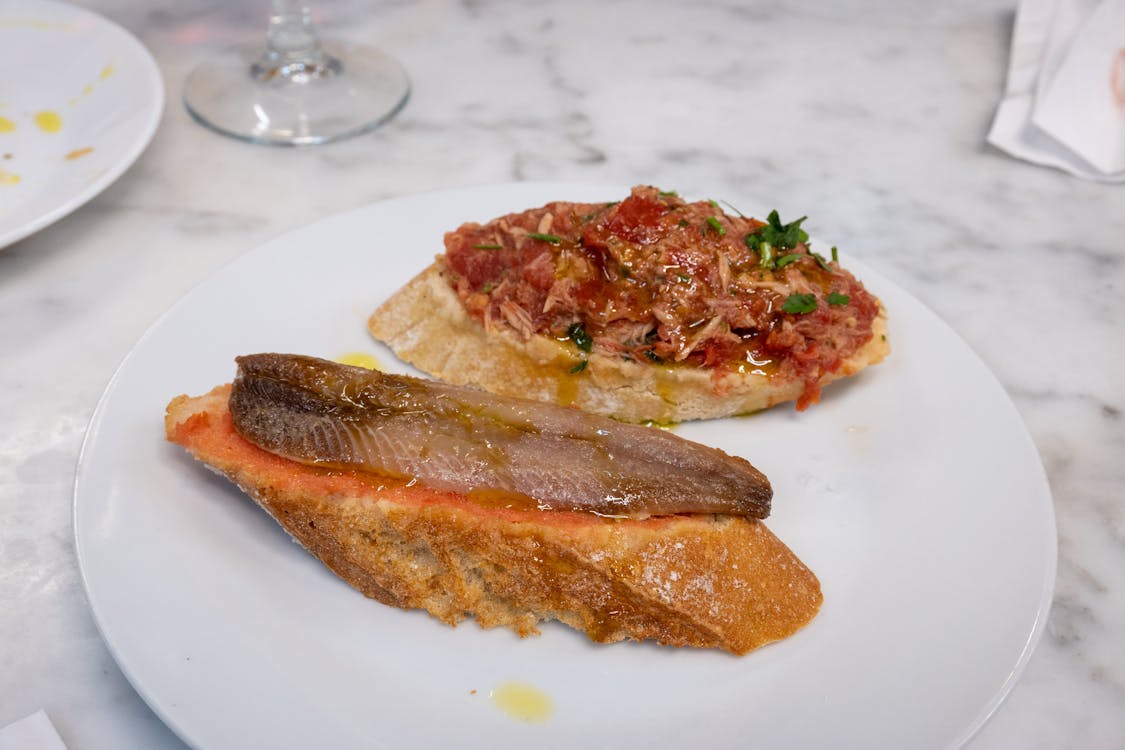In 2025, food and wine tourism has evolved from a niche interest to a global phenomenon, transforming travel experiences into immersive cultural expeditions that excite the senses and connect travelers with the heart of local traditions. As gastronomy becomes increasingly sophisticated and sustainable, discerning travelers seek destinations that offer more than just a meal—they’re looking for a complete culinary narrative.
The Top 10 Food and Wine Hotspots to Visit in 2025 is your ultimate guide to destinations redefining culinary excellence, blending innovative techniques, sustainable practices, and rich cultural heritage. These locations represent the pinnacle of food and wine tourism, promising unforgettable experiences that go far beyond traditional dining.
Mendoza, Argentina: The Epicenter of New World Wines

Destination Highlight: Located at the foot of the Andes Mountains, Mendoza has transformed from a wine-producing region to a comprehensive culinary destination.
Culinary Landscape: Malbec remains the star, but innovative winemakers are now exploring high-altitude vineyards and biodynamic farming techniques. The region’s cuisine seamlessly blends traditional Argentine asado (barbecue) with modern farm-to-table concepts.
Must-Visit Experiences:
- Zuccardi Valle de Uco Winery: A sustainable wine complex that represents the future of Argentine viticulture
- Francis Mallmann’s restaurants: Showcasing Argentine open-fire cooking techniques
- Uco Valley wine tours with sommelier-led experiences
Local Trends:
- Sustainable viticulture
- Indigenous grape variety preservation
- Experimental wine and food pairing experiences
Visitor Tips:
- Best time to visit: March-April during harvest season
- Book wine tours in advance
- Learn basic Spanish phrases to enhance interactions with local vintners
Provence, France: Reinventing Classic Elegance

Destination Highlight: Beyond its postcard-perfect landscapes, Provence is reimagining its centuries-old culinary traditions.
Culinary Landscape: Rosé wines are being complemented by innovative organic and biodynamic production. Local chefs are reviving ancient Provençal recipes while incorporating global influences.
Must-Visit Experiences:
- Château d’Esclans: Home of the world-renowned Whispering Angel rosé
- Les Halles markets in Avignon
- Culinary workshops in small village kitchens
Local Trends:
- Sustainable wine production
- Mediterranean diet preservation
- Micro-terroir wine experiences
Visitor Tips:
- Visit between May and September
- Rent a car to explore small villages
- Learn about wine and food pairing from local experts
Tokyo, Japan: Where Tradition Meets Futuristic Gastronomy

Destination Highlight: Tokyo continues to push boundaries in culinary innovation while maintaining deep respect for traditional techniques.
Culinary Landscape: Beyond sushi and ramen, Tokyo offers hyper-local, micro-seasonal dining experiences that blend cutting-edge technology with ancient cooking methods.
Must-Visit Experiences:
- Sake breweries in urban settings
- Michelin-starred street food experiences
- Tsukiji Outer Market culinary tours
Local Trends:
- Plant-based Japanese cuisine
- Sustainable seafood practices
- Technological integration in dining experiences
Visitor Tips:
- Best visited year-round
- Make restaurant reservations well in advance
- Understand and respect local dining etiquette
Douro Valley, Portugal: The Sustainable Wine Revolution

Destination Highlight: Portugal’s historic wine region is leading a global sustainability movement in viticulture.
Culinary Landscape: Beyond port wine, the region now offers innovative wine styles, organic farming, and a deep commitment to environmental preservation.
Must-Visit Experiences:
- Quinta do Vallado: A cutting-edge sustainable winery
- River cruise experiences along the Douro
- Traditional Portuguese cooking classes
Local Trends:
- Carbon-neutral wine production
- Indigenous grape variety preservation
- Agritourism experiences
Visitor Tips:
- Best time to visit: September during harvest
- Book accommodations in historic quintas
- Learn about Portuguese wine terminology
Napa Valley, California, USA: Reinventing Wine Country

Destination Highlight: Beyond its reputation for premium wines, Napa is now a leader in sustainable and regenerative agriculture.
Culinary Landscape: Wineries are integrating technology, sustainability, and immersive visitor experiences.
Must-Visit Experiences:
- The French Laundry’s culinary garden
- Robert Mondavi Winery’s sustainability tours
- Culinary institutes offering farm-to-table workshops
Local Trends:
- Climate-adaptive viticulture
- Regenerative farming practices
- Tech-integrated wine experiences
Visitor Tips:
- Visit between March and November
- Consider bike tours between wineries
- Book experiences in advance
Tasmania, Australia: The Emerging Culinary Wilderness

Destination Highlight: An unexpected culinary destination offering pristine environments and innovative gastronomy.
Culinary Landscape: Cool-climate wines, artisanal produce, and a commitment to local, sustainable ingredients.
Must-Visit Experiences:
- MONA (Museum of Old and New Art) restaurant
- Tasmanian wilderness food tours
- Boutique whisky and gin distilleries
Local Trends:
- Indigenous ingredient incorporation
- Small-batch, low-intervention wine production
- Foraging and wild food experiences
Visitor Tips:
- Best visited during Australian summer (December-February)
- Pack layers for unpredictable weather
- Engage with local producers
Bali, Indonesia: Spiritual Cuisine Meets Modern Innovation

Destination Highlight: Beyond traditional Balinese cuisine, a hub of plant-based and wellness-focused dining.
Culinary Landscape: Combining traditional cooking methods with global culinary trends and sustainability principles.
Must-Visit Experiences:
- Ubud’s plant-based restaurants
- Traditional cooking classes in local villages
- Organic farm experiences
Local Trends:
- Zero-waste restaurants
- Plant-based and vegan innovations
- Cultural preservation through cuisine
Visitor Tips:
- Visit during dry season (April-October)
- Respect local customs and dress codes
- Try local, seasonal ingredients
Natural Wine Regions of Georgia: Ancient Traditions, Modern Vision

Destination Highlight: The birthplace of wine, offering unique wine-making techniques and an emerging natural wine scene.
Culinary Landscape: Ancient wine-making methods meeting contemporary sustainable practices.
Must-Visit Experiences:
- Kakheti wine region tours
- Traditional Georgian supra (feast)
- Qvevri wine-making workshops
Local Trends:
- Natural and orange wine production
- UNESCO-recognized wine culture
- Small-scale, family-run wineries
Visitor Tips:
- Best visited September-October during harvest
- Learn basic Georgian phrases
- Be prepared for the generous hospitality
Mexico’s Baja California: The Emerging Culinary Frontier

Destination Highlight: A dynamic region blending Mexican, Mediterranean, and Pacific influences.
Culinary Landscape: Valle de Guadalupe has transformed into a world-class wine region with innovative farm-to-table experiences.
Must-Visit Experiences:
- Monte Xanic Winery
- Coastal seafood restaurants
- Culinary workshops integrating Indigenous techniques
Local Trends:
- Sustainable seafood practices
- Wine and craft beer innovation
- Cross-cultural culinary fusion
Visitor Tips:
- Visit between August and November
- Rent a car for wine route exploration
- Learn about Mexican wine terminology
Nordic Countries: Reimagining Cold Climate Cuisine

Destination Highlight: Scandinavia continues to lead in sustainable, innovative gastronomy.
Culinary Landscape: Foraging, fermentation, and hyper-local ingredients define the New Nordic Cuisine movement.
Must-Visit Experiences:
- Noma’s legacy restaurants
- Icelandic sustainable fishing experiences
- Finnish forest foraging tours
Local Trends:
- Extreme seasonal cooking
- Climate-adaptive agriculture
- Technological food innovation
Visitor Tips:
- Best visited during summer for extended daylight
- Book high-end restaurants months in advance
- Embrace the concept of “hygge” in dining experiences
Conclusion: A World of Flavor Awaits
The Top 10 Food and Wine Hotspots of 2025 represent more than just destinations—they are culinary narratives, showcasing how food and wine can be powerful mediums of cultural expression, sustainability, and innovation.
As we look forward to these extraordinary destinations, we’re reminded that travel is not just about seeing new places, but about experiencing the world through its most fundamental and connecting element: food.
Have you visited any of these destinations? What was your most memorable culinary experience? Share your stories and inspire fellow food lovers in the comments below!
Disclaimer: Always check current travel guidelines and local restrictions before planning your trip.
Read more


































